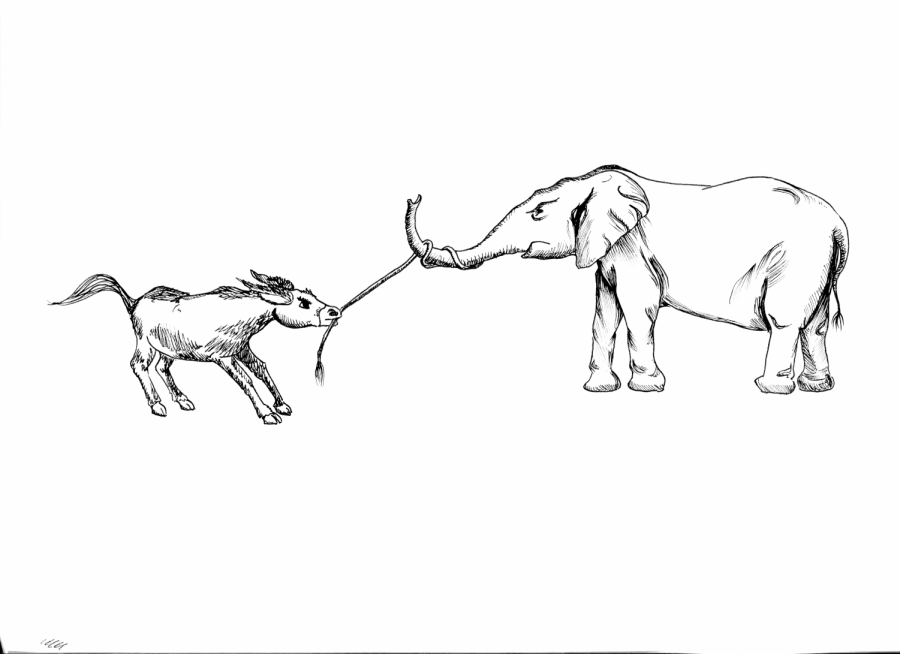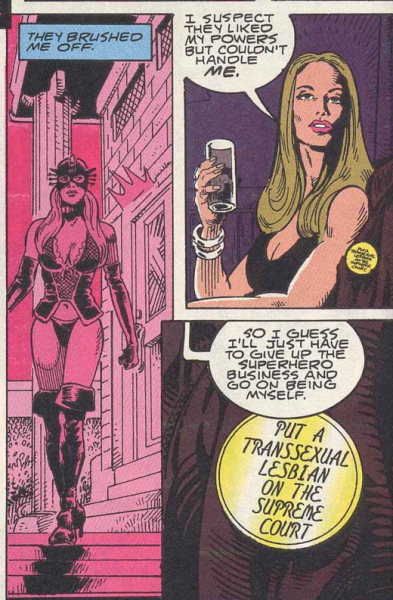Polarized Politics
The problems with Garfield’s political climate.
Garfield’s political climate is more polarized than ever. Compromise, bipartisanship, and unity have been replaced by identity politics, polarization, and discord. Politics have become binary; we view people as either with us or against us, with no room in the middle. This attitude undermines our school culture and prevents learning and growth from taking place.
Garfield prides itself on being a school that accepts everyone, regardless of background, identity, beliefs, or culture. And to some extent, that holds true. Garfield is the most racially diverse school in Seattle, we have a history of social activism, and we boast many multicultural clubs and groups. However, Garfield has a political problem that is separate from the cultural and racial diversity we are right to be proud of.
Garfield’s political environment has morphed into a battlefield, with two equally aggressive sides. On one hand, we have mainstream Garfield liberalism—social-media activism, surface-level comprehension of compromise, far-left ideas, and call-out culture. This group of students tends to vilify everyone who is right of the established, mainstream left. Identity politics takes hold, and labels are handed out at will: conservative, Trumpite, racist, bigot, and more. That isn’t to say there isn’t a problematic right-wing contingent at this school. Many Garfield conservatives seem to take pleasure in attacking or belittling liberal students. There is a tendency for right-wing students to believe that they hold an intellectual and moral high ground over their liberal counterparts. The conservatives of Garfield often habitually play devil’s advocate, seeming to disagree simply for the sake of disagreement. Both political sides are at fault for the condition of Garfield’s political climate.
The simultaneous aggression of the two sides makes it nearly impossible to be a political moderate at Garfield. We leave no room for students who are undecided or uninformed. Instead, we force everyone to join one of the two political extremes. This is dangerous for a multitude of reasons.
First and foremost, high school is a place for growth. By not allowing people to explore different ideologies without being called out or labeled, we limit growth. The only way to expand or strengthen one’s beliefs is to have them challenged. Obviously, people will make mistakes. However, we should not “cancel” our peers. We need to be able to come together, educate one another, and become better people from our mistakes. Clearly, we should not overlook or allow hate speech in our school. There is no room for any sort of bigotry at GHS. But, by belittling or attacking students for expressing their opinions or ideas, we create a culture in which students are afraid to express themselves. By denying students the right to think and speak freely, we deny them access to a proper education.
Second, we instill a long-lasting mindset of identity politics in the student body. Inevitably, we will all leave Garfield one day, and many will leave Seattle at some point. To head out into the world with the misguided idea that all people who vote Democrat adhere to the same beliefs and ideas of Garfield liberalism is incredibly perilous. It is perhaps even more perilous to enter adulthood under the impression that anyone who does not conform to Garfield liberalism is a hard-line conservative. Viewing politics as a strictly two-sided coin as opposed to a spectrum does not account for the millions of Americans who do not fit into either of those sides.
We must strive to be a school that reflects the reality of our nation— one with room between the two political extremes. We must create a climate that allows people to make mistakes, provided they learn from them. Garfield should be a place where people from all over the political spectrum can express their ideologies without fear of labels being placed on them. Our school needs to allow moderation in politics. We need to have a middle ground upon which real discussion and understanding can take place.





